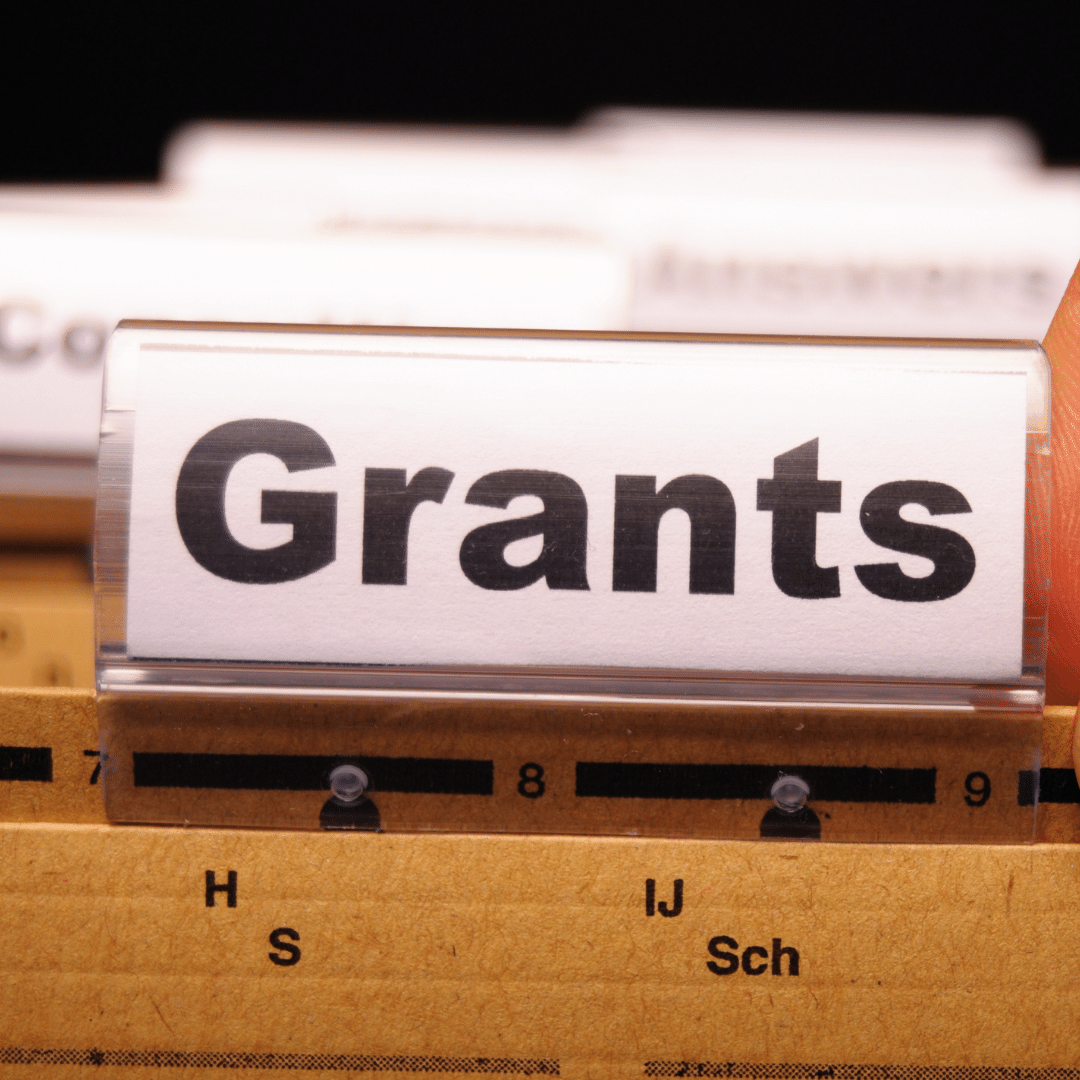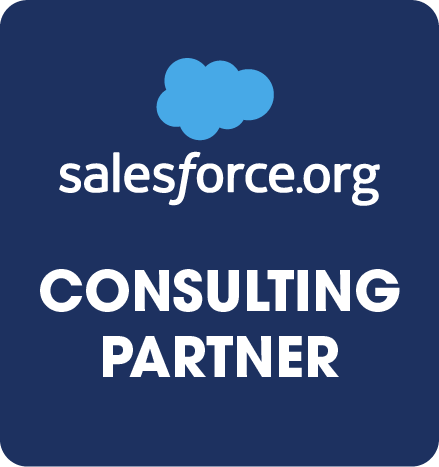Why is Grantwriting Essential For Nonprofits
“Everyone has their own individual mission in life. What they want to achieve. Whether that be as small as getting a new church sign or whether its as big as tackling the destruction of the Amazon rainforest, its always better to have people around you with the same mindset.” And for grantwriter Jeffrey Hanger it has been this continued partnership with nonprofits that has driven his personal mission. From his beginnings writing grants for groundwater research in Bangladesh to more recent work with a charity supporting disabled adults, Hanger has made it his mission to support nonprofits in an often feared part of their ongoing charity work – grant writing.
And overcoming grant writing fears is critical for today’s nonprofits to be successful. A study by The Balance in 2020 found that about 20% of US nonprofit income was derived from grants. And that each federal grant application took a whopping 80 to 200 hours to achieve. In an industry where employees must often wear many hats finding time for grant writing and the process to put together an application that stands out is overwhelming.

Afterall nonprofit fundraisers are also spending their time strategic planning, entering data or hosting events.
And this is where experts like Jeffrey can make a world of difference for nonprofits. The unique combination of nonprofit work experience (Hanger was previously a nonprofit executive director) and matching potential grants to nonprofit is a dance not all are well suited for. There are challenges also unique to the Canadian nonprofit sector in Hanger’s professional opinion. Because so many people volunteer here in Canada there is a chasm to get paid to do fundraising work. Only so much growth can happen from raffles and bottle drives afterall. Success in the grant writing world can provide a nonprofit with a framework to get to the bigger vision for the future.
How to get the jump on grantwriting success
When looking to hire a grant writing consultant what are the most important things to look for?
- Hire a well-rounded individual – In Hanger’s experience a good grant writer needs to be able to look at a field and know a little bit about everything. If your grant writer has only worked on projects regarding the environment in the past, they may not be well suited to grant writing for a nonprofit that specializes in disabilities.
- Strong research and evaluation skills – If your potential grant writing consultant isn’t pushing for an evaluation and in-depth meeting, this could be a warning sign. “Funders don’t always know what is possible or even what they want,” Hanger told me. “So, a good grant writer will look at the inputs a nonprofit is providing (a program that helps children) and then evaluate the potential outcomes of a healthier family and community and figuring out a way to write into the grant proposal how this funding will measurably increase the impact.”
- Be able to read trends – In Hanger’s mind grants are a signpost of what is to come. Foundations are often following current trends politically or environmentally. This doesn’t mean that your nonprofit is no longer eligible to apply but instead a strong grant writer like Hanger will have the ability to make a “Square peg fit a round hole.” Funders aren’t these people in ivory towers – instead your grant writer should be able to show them how your nonprofit’s work on the ground can push forward it’s vision.
3 Common Pitfalls in Grantwriting

Between his grant writing experience, volunteer work and previous work as an executive director Hanger is also intimately aware of the mistakes many nonprofits make during the grant writing process.
Afterall statistics from Funding for Good found that new grants had a success rate of 30% to 40%.
What is the common pitfalls Hanger sees nonprofits making during the grantwriting process?
- Not talking to the funder in advance – while this kind of seems like a given many nonprofit are not crafting their application to the foundation they are hoping to receive a grant from. Each possible grant your nonprofit is applying for should be carefully researched and your application should speak directly to the people who are evaluating it.
- Asking for too much – in Hanger’s experience many nonprofits are asking for too much. Foundations often like to spread around the total donation amount for the year so if you come in asking for $100,000 of the $100,000 total budget you are more likely to not be chosen. Researching the granting history of a particular foundation (do they normally hand out $1,000 to $5,000?) is a way to work smarter for your grants and find greater success in your ask. Building long term relationships with a foundation with a successful smaller ask in Year 1 often results in a successful application for more funds in year 2.
- Evaluation and Reporting – if the grant you are about to apply for does not consider covering the costs of evaluation and reporting as part of their reimbursement it might be time to reconsider applying. In that last 10 years Hanger has seen an increase in the grant world in what he terms “negative fundraising”. Essentially this is when foundations give a small % of the total grant to the nonprofit at the onset. Then all future funding is part of a reimbursement strategy; only costs related to the project can be submitted for remittance. That leaves out overhead and existing staff salary as something that can be reimbursed. Hanger has seen grants in the UK frequently require a full time staff member just to handle the statistics and reimbursement work. This can be a truly difficult cost to over for a nonprofit when it cannot be covered financially by the grant. Grants like these can cost a non profit money – hence the concept of negative fundraising.

Despite the complications of both grant writing and nonprofit work Hanger is clear in his commitment to continued collaborations with nonprofits. Grant writing is a risky business to be in with unclear connections between work put in and financial output received. But Jeffrey has frequently found success in leveraging that first $2000 grant into a matching grant for the next application and so on. And the experience he brings to nonprofit grant writing is similar to the same ROI many nonprofits are challenged with when measuring fundraising success. Finding an individual with an encyclopedic knowledge of foundations combined with a love of filling out forms and a desire to fit square pegs in to round holes is the unicorn of the nonprofit world.
The Future of Nonprofit Grant Writing
When asked how he envisions the grant writing ecosystem to change in the coming 1-3 years Hanger had a quick response. “Big thinking is what’s new. The status quo is changing. What you did in terms of grant writing 10 years ago is going to fall flat now.” Government departments who manage grants are looking for new solutions to the long term social and environmental challenges that have plagued society for decades. And it is innovators such as the Indigenous Curatorial Collective who aims to connect fellow Indigenous curators, artists, writers and more or BC Tomorrow who have created an education tool to help better understand balanced land use that are receiving the big grant funding. Foundations are wanting to be part of the change to community and society that the world is looking to see. Incredible grant writers like Jeffrey can be a driving force to propel nonprofit agendas forward with greater funding and a renewed mission.
If you are looking to learn more about grant writing consulting or support for your nonprofit Jeffrey can be reached @ jeffhanger71@gmail.com or by phone @ 403 704 9183
“Big thinking is what’s new. The status quo is changing. What you did in terms of grant writing 10 years ago is going to fall flat now.”
Jeffrey Hanger, Hanger's Fundraising Solutions Tweet
Looking for CRM support in 2022? Get in touch with our team to learn more about cloudStack’s services and our trio of products: fundraisingManager, receiptManager and financeManager. All built on the Salesforce platform |


